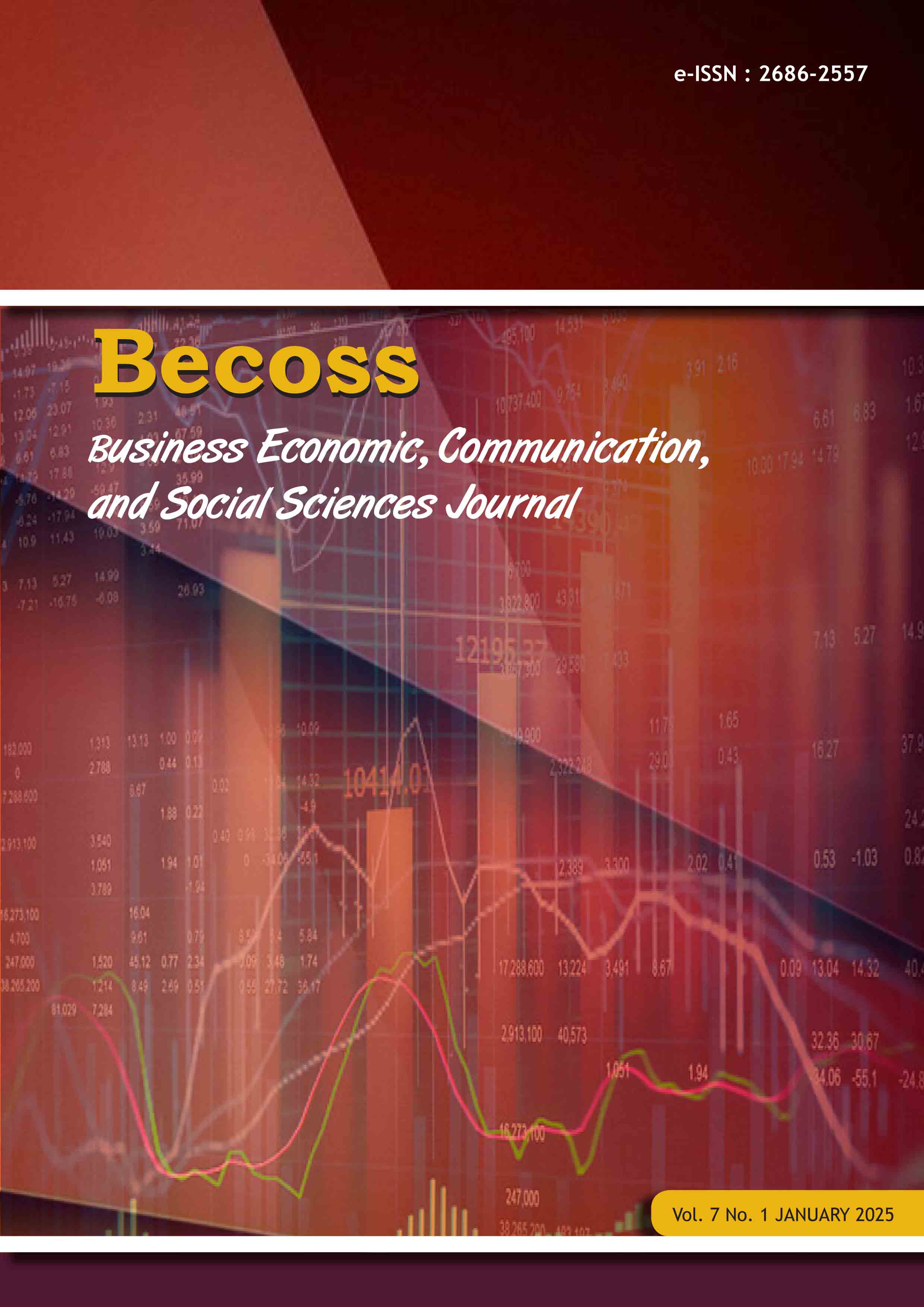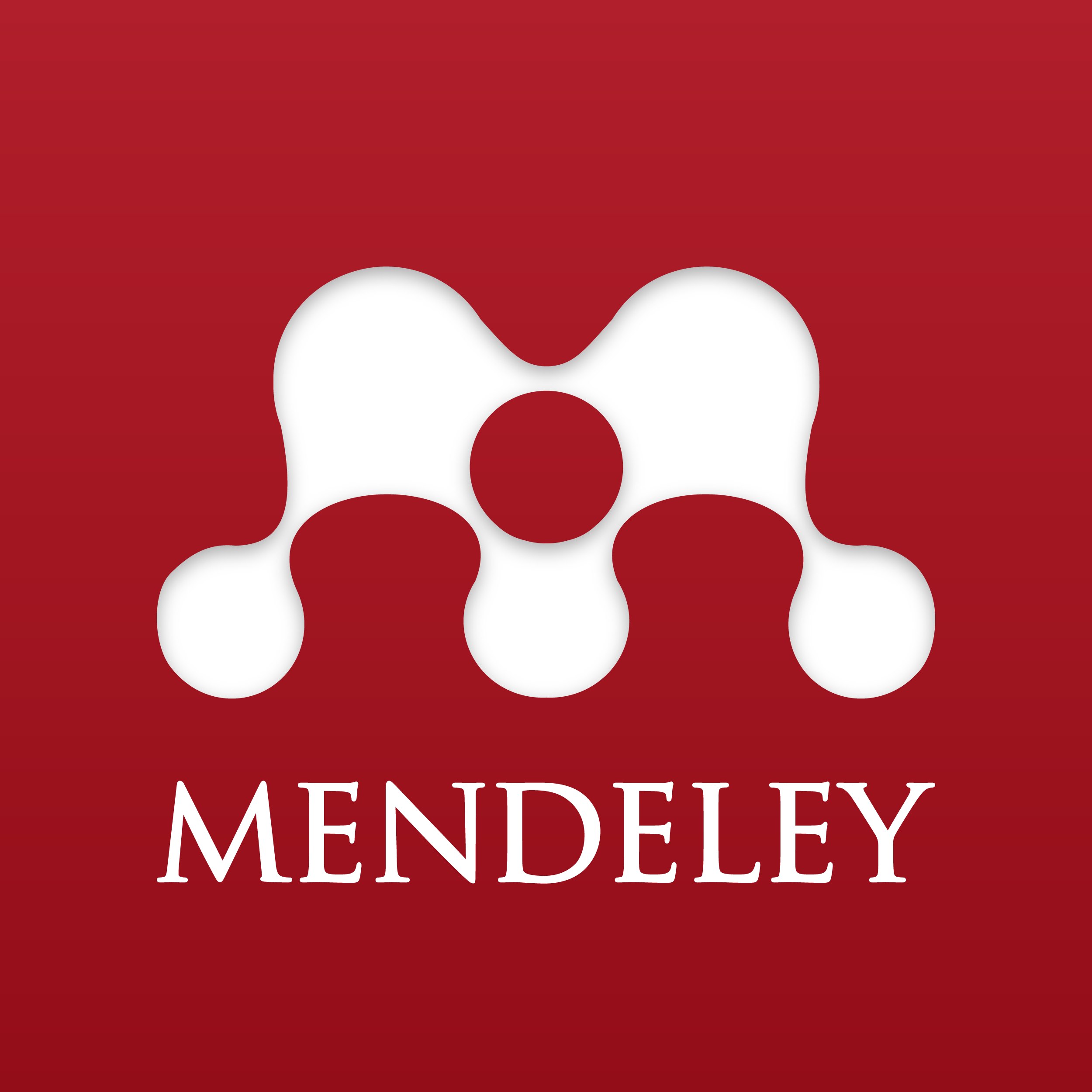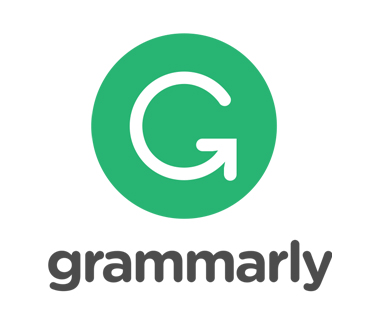Role of Psychological Wellbeing in Mediating Impact of Worklife Integration to Organization Commitment
DOI:
https://doi.org/10.21512/becossjournal.v7i1.12044Keywords:
work to life integration, organization commitment, psychological wellbeing, remote working, work lifeAbstract
This research aim to investigate impact Work to Life Integration (WLI) to Organization Commitment (OC) for remote working employee who works in Jabodetabek, Indonesia, and how role of Psychological Wellbeing (PWB) increasing this impact. Due to trend of flexible working arrangement during Covid 19 pandemic and development of technologies that can facilitate it, there are still few references relate to work to life integration’s impacts. In this study researcher choose to investigate its impact to organization commitment which matters for employers. This research is a quantitative study using online survey to 400 employees and used SEM PLS to get the result. Result of the study found that WLI has significant impact to OC and WLI has significant impact to OC through PWB as a mediator, but apparently indirect impact of WLI to OC mediated by PWB is lesser than direct of WLI to OC.References
Allen, T.D., Jenny, G., Brauchli, R., & Bauer, G.F. (2018) Work-Life Boundaries and Well-Being: Does Work-to-Life Integration Impair Well-Being through Lack of Recovery. University of South Florida. Article in Journal of Business and Psychology · December 2018 DOI: 10.1007/s10869-017-9520-y
Bollen, K.A. (1998) Structural Equation Models. John Wiley & Sons, Ltd.
Bulut, S., Rostami, M., Bulut, S., Bukhori,B., Seyed Alitabar, S. H., Tariq, Z., & Zadhasan, Z. (2024). Work-Life Integration in Women's Lives: A Qualitative Study. Psychology of Woman Journal,5(1), 36-42. http://dx.doi.org/10.61838/kman.pwj.5.1.4
Dewi, T.S., & Abadi, F. (2023). The Effect Of High Performance Work Systems On Organizational Citizenship Behavior, With Psychological Well-Being, Organizational Commitment And Job Satisfaction As Intervening Variables. JRSSEM 2023, Vol. 02, No. 12, 2939 – 2963 E-ISSN: 2807 - 6311, P-ISSN: 2807 – 6494
Erasmus S, Downing C and Ntshingila N (2024) Work-Life Integration Among Nurse Educators: A Meta-Synthesis. Front. Glob. Womens Health 5:1287484. doi: 10.3389/fgwh.2024.1287484
Edwards, J., & Rothbard, N. (1999). Work and family stress and well- being: An examination of person-environment fit in the work and family domains. Organizational Behavior and Human Decision Processes, 77(2), 85–129. Retrieved from http://www. sciencedirect.com/science/article/pii/S0749597898928138
Fisher, G. G., Bulger, C. A., & Smith, C. S. (2009). Beyond work and family: a measure of work/nonwork interference and enhancement. Journal of occupational health psychology, 14(4), 441.
Frone MR. Work-family balance. In: Quick JC, Tetrick LE, editors. Handbook of Occupational Health Psychology. Washington, DC: American Psychological Association (2003). p. 143–62. doi: 10.1037/10474-007
Handayani, A., Afiatin, T., & Adiati, M. G. (2015). Studi eksplorasi makna keseimbangan kerja keluarga pada ibu bekerja. In Prosiding Seminar Psikologi & Kemanusiaan© 2015 Psychology Forum UMM.
Hill, E. J., Hawkins, A. J., Ferris, M., & Weitzman, M. (2001). Finding an extra day a week: The positive influence of per- ceived job flexibility on work and family life balance. Family relations, 50(1), 49-58.
Hutagalung, I., & Soelton, M. (2020) The Role Of Work Life Balance For Organizational Commitment. Management Science Letters · January 2020. Article in Management Science Letters · January 2020 DOI: 10.5267/j.msl.2020.6.024.
Hu, L., & Bentler, P. M. (1999). Cutoff criteria for fit indexes in covariance structure analysis:
Conventional criteria versus new alternatives. Structural Equation Modeling: A Multidisciplinary Journal, 6(1), 1–55. https://doi.org/10.1080/10705519909540118
Kreiner, G. E. (2006). Consequences of work-home segmentation or integra- tion: A person-environment fit perspective. Journal of Organizational Behavior, 27(4), 485–507. https://doi.org/10.1002/job.386.
Moorhead, G., & Griffin, R. (2013). Organizational Behavior: Managing People and Organization (9th ed.). Mason: South Western Cengage Learning.
Rawal DM. Work life balance among female school teachers [K-12] delivering online curriculum in noida [India] during COVID: empirical study. Manag Educ. (2021) 37(1):37–45. doi: 10.1177/0892020621994303
Saraswati, K.D.H., & Lie, D., (2020) Psychological Well-Being: The Impact of Work-Life Balance and Work Pressure. Proceedings of the 2nd Tarumanagara International Conference on the Applications of Social Sciences and Humanities (TICASH 2020). Published in Advances in Social Science, Education and Humanities Research, volume 478.
Wang, J., & Wang, X. (2019). Structural equation modeling: Applications using Mplus. John Wiley & Sons.
Downloads
Published
How to Cite
Issue
Section
License
Copyright (c) 2025 Ignatia Aditya Hapsari

This work is licensed under a Creative Commons Attribution-ShareAlike 4.0 International License.
Authors who publish with this journal agree to the following terms:
- Authors retain copyright and grant the journal right of first publication with the work simultaneously licensed under a Creative Commons Attribution License - Share Alike that allows others to share the work with an acknowledgment of the work's authorship and initial publication in this journal.
- Authors are able to enter into separate, additional contractual arrangements for the non-exclusive distribution of the journal's published version of the work (e.g., post it to an institutional repository or publish it in a book), with an acknowledgment of its initial publication in this journal.
- Authors are permitted and encouraged to post their work online (e.g., in institutional repositories or on their website) prior to and during the submission process, as it can lead to productive exchanges, as well as earlier and greater citation of published work.
USER RIGHTS
All articles published Open Access will be immediately and permanently free for everyone to read and download. We are continuously working with our author communities to select the best choice of license options, currently being defined for this journal as follows: Creative Commons Attribution-Share Alike (CC BY-SA)






